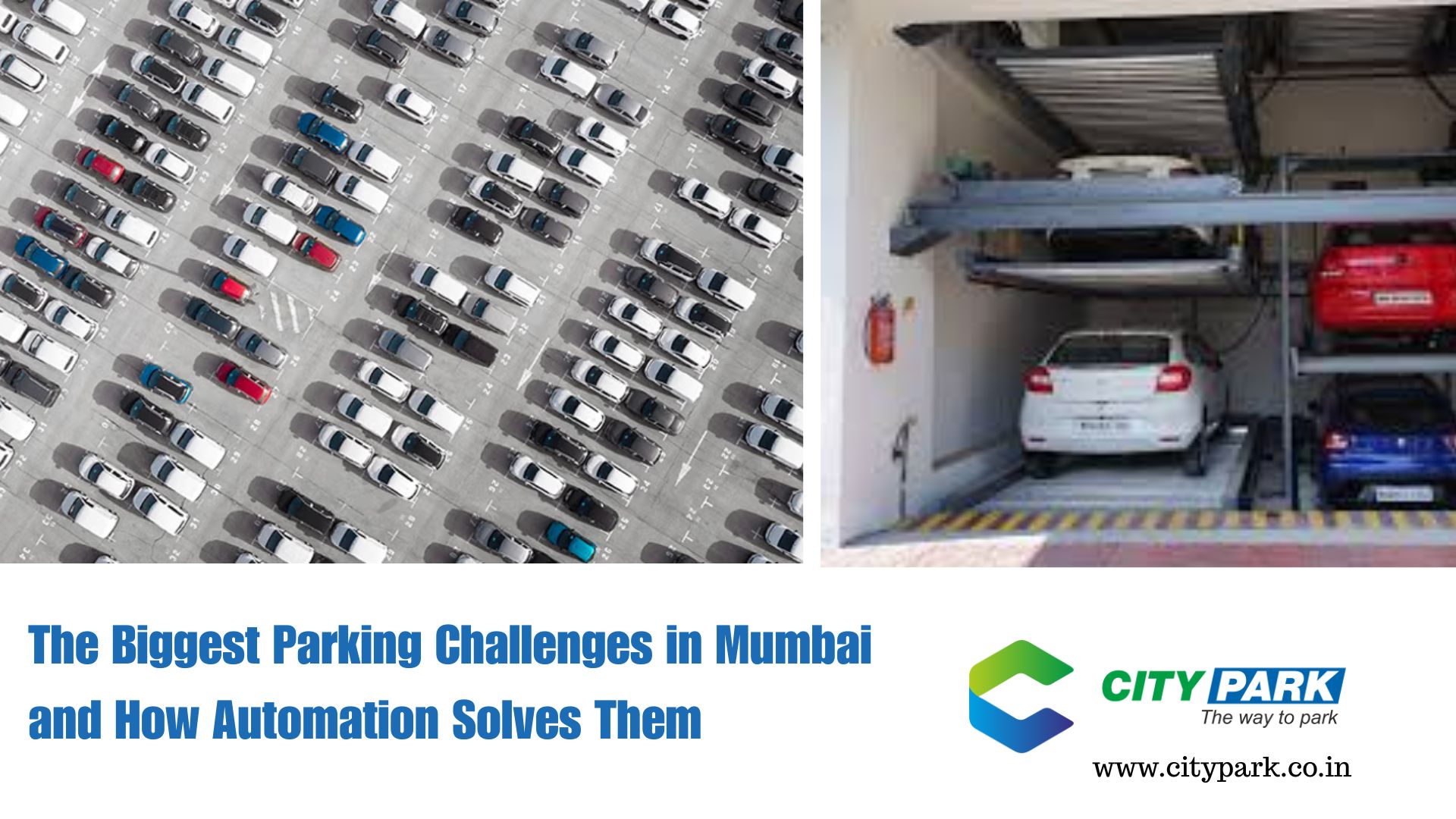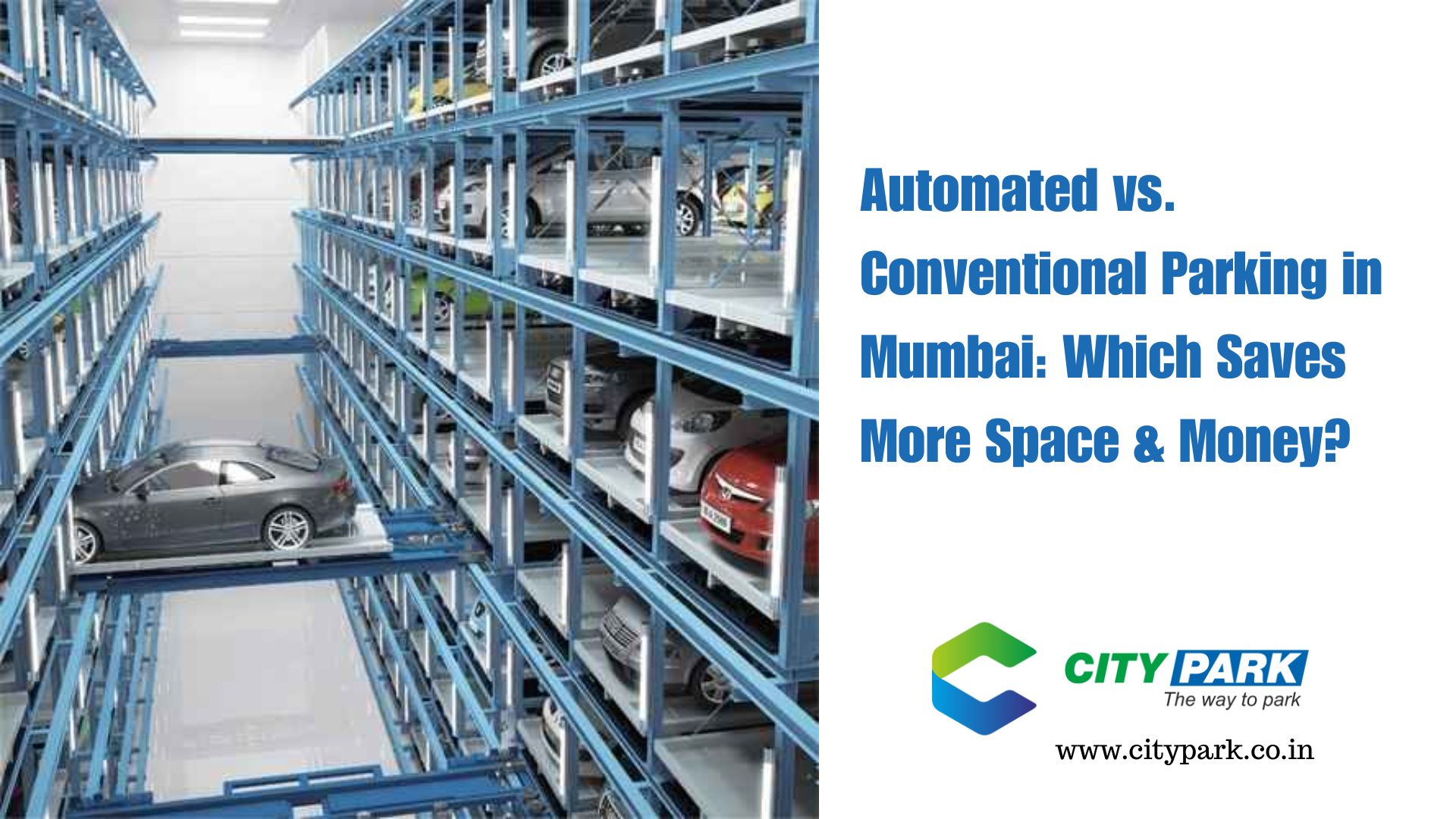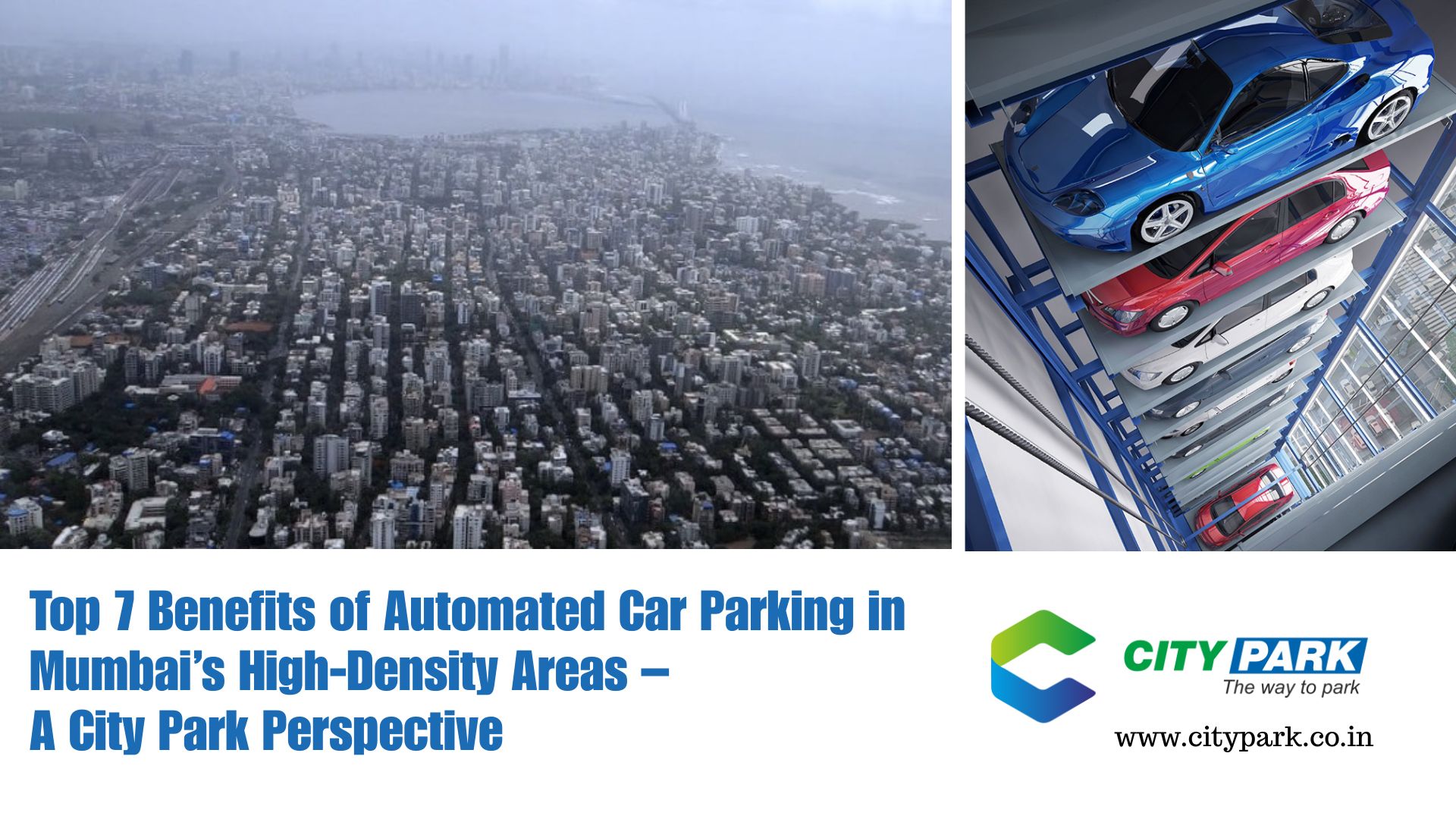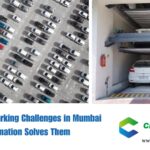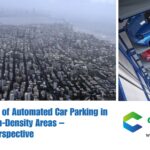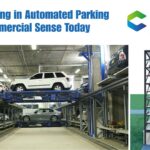The Smart Evolution of Car Parking in Metro Cities: Embracing an Automated Future
As metropolitan cities continue to experience rapid urbanization, one major urban headache continues to escalate—car parking woes. As vehicle volumes surge and available space dwindles, parking in urban areas has become increasingly disorganized and inefficient. However, a digital revolution is underway. Smart Parking Systems and Automated Car Parking Solutions are emerging as the intelligent antidotes to congested, outdated parking infrastructure.
In this article, we’ll explore how innovative parking technologies are transforming metro cities, improving space utilization, minimizing environmental impact, and redefining the future of urban mobility.
Why Metro Cities Need Smart Parking Solutions
Every square foot of land in metro cities comes at a premium. Traditional parking models—manual entry, unorganized layouts, and lack of real-time data—only exacerbate congestion and pollution. Circling blocks in search of parking not only wastes time and fuel but also worsens traffic bottlenecks and emissions.
- Key Problems with Conventional Parking:
- Traffic congestion caused by aimless vehicle movement.
- Poor optimization of available space in both surface-level and multi-storey parking facilities.
- Increased fuel consumption and air pollution.
- Higher stress levels among drivers.
The Smart Parking System Advantage:
Smart Parking uses a network of sensors, AI-driven analytics, IoT devices, and cloud-based management systems to solve these issues. It allows:
- Real-time monitoring of space availability.
- App-based navigation to vacant slots.
- Contactless digital payments.
- Automated entry and exit with minimal human intervention.
These systems create seamless parking experiences for users while optimizing land use and lowering operational burdens on city administrations.
Automated Car Parking Systems: Maximizing Urban Space
Automated Parking Systems (APS) take innovation a step further by removing the human element from the parking process entirely. Using robotic arms, elevators, conveyors, and intelligent software, cars are parked and retrieved automatically.
How Automated Car Parking Works:
- The driver parks at a designated drop-off point.
- Advanced sensors and scanners accurately measure the size and shape of the vehicle.
- A robotic mechanism lifts and stores the car in a compact slot.
- The system recalls and delivers the car upon request.
Benefits of Automation in Parking:
- Up to 4x more cars can be accommodated compared to traditional lots.
- No need for driving lanes, stairs, or elevators inside parking structures.
- Reduced risk of dents, scratches, or theft.
- Ideal for space-constrained metro environments where land cost is high.
IoT and Real-Time Parking Management
The Internet of Things (IoT) is at the core of smart parking solutions. By embedding sensors in each parking spot, cities can provide drivers with real-time parking data
Real-World Application:
A driver approaching a busy area can open a parking app, view available slots nearby, and navigate directly to the nearest vacant space. This eliminates guesswork, lowers traffic congestion, and saves valuable time.
IoT Benefits for Cities and Drivers:
- Enhanced traffic flow due to reduced search time.
- Reduced vehicle idling leads to a significant drop in harmful emissions.
- Data-driven insights for better urban planning.
The Role of Autonomous Vehicles in Future Parking
With self-driving cars becoming a reality, the landscape of urban parking is set to shift dramatically. These cars can autonomously drop off passengers and navigate to a parking spot without any human assistance.
Implications of Autonomous Parking:
- Cars can be parked closer together since doors don’t need to open.
- Narrower parking lanes allow better space efficiency.
- Urban planners can repurpose former parking zones into green spaces or bike paths.
Autonomous Valet Systems are also in development, where vehicles are summoned via mobile apps, further enhancing convenience.
Integrating EV Charging with Smart Parking Infrastructure
The global pivot to electric vehicles (EVs) is reshaping how we think about parking. EV drivers now expect charging availability wherever they park—especially in metro cities.
Smart Parking for Electric Vehicles:
- Integration of EV charging stations within smart lots.
- Reservation-based systems that ensure charging slot availability.
- Smart billing and usage tracking to prevent misuse.
- Flexible pricing models adjust rates during peak times to manage demand effectively.
This integration is essential for promoting EV adoption while minimizing stress on city infrastructure.
Smart Payments and Contactless Transactions
Paper tickets and cash transactions are now a thing of the past. Modern parking systems embrace digital, frictionless payment methods like:
- QR code-based payments.
- UPI, mobile wallets, and NFC systems.
- ANPR (Automatic Number Plate Recognition) for entry/exit automation.
These systems drastically reduce queue times, labor costs, and revenue leakages, while enhancing user satisfaction.
Advantages of Smart and Automated Parking for Metro Cities
Implementing smart and automated parking systems unlocks a wide range of benefits:
- Reduced Fuel Consumption
Vehicles are guided directly to available spots, eliminating unnecessary driving.
- Environmental Sustainability
Lower emissions due to less idling and traffic build-up contribute to cleaner air.
- Time Efficiency
Quicker parking reduces transit delays, allowing for greater efficiency and productivity.
- Enhanced Safety
Automation minimizes human error, reduces accidents, and ensures secure parking environments.
- Stress-Free Commuting
Instant updates combined with efficient processes transform parking into an effortless and worry-free activity.
- Optimal Use of Land
Metro cities can reclaim ground-level parking for urban gardens, public squares, or community spaces.
Challenges in Implementing Smart Parking Systems
Although the advantages are evident, implementing smart parking systems presents several challenges:
- High Capital Investment: Building the tech infrastructure is costly.
- System Compatibility: Diverse platforms may struggle to integrate smoothly.
- Data Privacy Concerns: Collecting and storing user and vehicle data necessitates robust cybersecurity.
- Public Awareness: Mass adoption requires education and user-friendly interfaces.
Collaboration between governments, private enterprises, and tech innovators is crucial to overcoming these barriers.
Conclusion: Paving the Road Toward Smarter Cities
The future of parking in metro cities is intelligent, connected, and automated. By integrating technologies like IoT, AI, robotics, and EV infrastructure, cities can transform parking from a problem into a streamlined, sustainable solution.
This shift will not only benefit drivers but also support broader goals such as reducing carbon emissions, enhancing urban mobility, and reclaiming city space for better public use.
As we move toward a smarter urban future, the question is no longer if metro cities will adopt smart parking—but how soon. The journey has already begun. Are we ready to park smarter?

